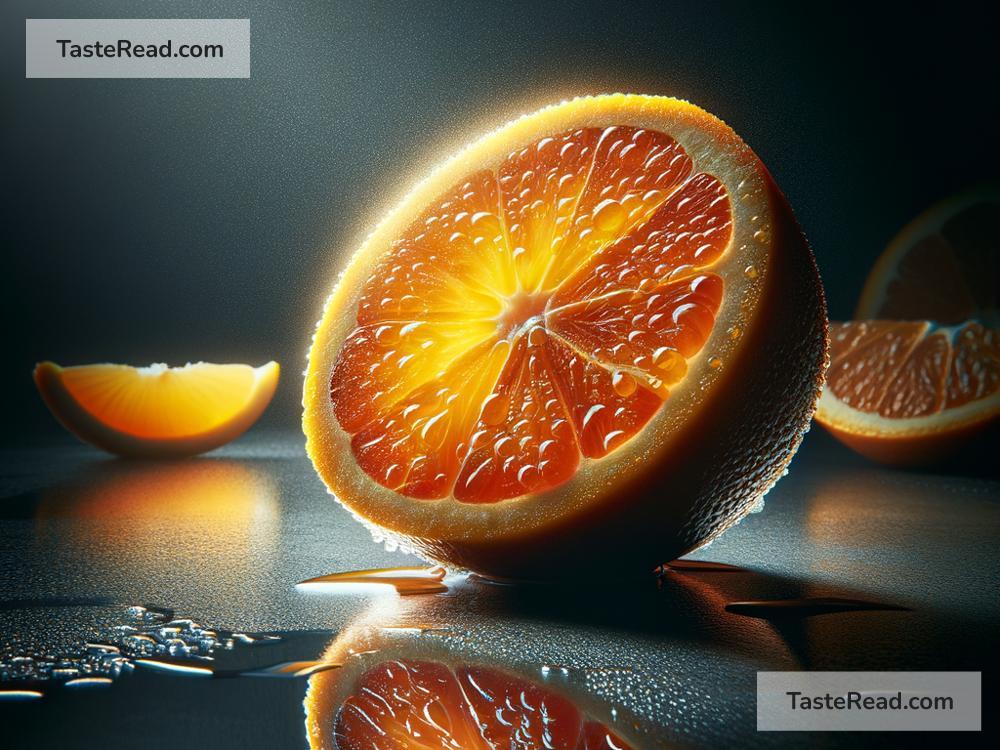How to Photograph Food with Glossy and Wet Finishes for Impact
In the age of social media, food photography has become more than just a form of art—it’s a significant way of engaging and enticing audiences. But how do you make your dishes stand out among the endless stream of food photos? One way is mastering the art of photographing food with glossy and wet finishes. This technique can transform an ordinary dish into a mouthwatering spectacle. Here’s how to do it in simple steps.
Understand the Power of Lighting
Lighting is everything in photography, especially when capturing the gloss and shine of food. Natural light is usually your best bet; it brings out the textures and details without overpowering the image. Position your dish near a window with plenty of indirect sunlight. However, avoid direct sunlight as it can create harsh shadows and highlights that ruin the effect. If natural light isn’t an option, use a softbox or a diffuser with your artificial lights to mimic the soft, diffused look of natural light.
Choose Your Angle Wisely
When your goal is to accentuate the glossy or wet finish of food, the angle at which you take your photo matters a lot. Top-down shots can work well for dishes with an even, glossy surface like a glaze on a doughnut. However, to really show off that shine, try shooting from a lower angle. This way, the light can catch the glossy surfaces, enhancing the texture and making the viewer’s mouth water. Experiment with different angles to find the one that best showcases the wet or glossy elements of your dish.
The Magic of Backlighting
Backlighting can be your best friend when photographing food with reflective surfaces. Positioning the light source behind the food helps highlight the glossiness, making it pop against the background. This technique creates a halo effect around your dish, emphasizing the wet or shiny textures. It’s perfect for soups, glazed meats, or any dish where you want to accentuate the liquid elements.
Enhance the Gloss and Wet Look with Edible Oil
Sometimes, food might lose its sheen after sitting out for a while. A quick fix to bring back that appetizing gloss is to brush a small amount of edible oil over the food. Use a light hand; you don’t want your dish to look oily—just pleasantly shiny. This trick works wonders on meats, vegetables, and even certain fruits. Remember, the aim is to enhance the food’s natural appeal, not alter it.
Play with Spray
For dishes that should look fresh-out-of-the-oven or ice-cold, a little mist goes a long way. Use a clean spray bottle to lightly mist water over the food to create a fresh, dewy look. This technique is great for beverages, fruits, and salads. It adds a layer of realism as if the dish has just been prepared or is refreshingly cold. Just like with the oil, moderation is key—too much can make your food look soggy.
Post-processing Tricks
Once you’ve taken your photos, a little touch-up in post-processing can enhance the glossy and wet finishes even more. Use photo editing software to adjust the brightness and contrast to make the highlights pop. Be careful not to over-edit; your goal is to enhance the natural beauty of the food, not create an artificial look.
Emphasize Texture and Color
Glossy and wet finishes can really make textures and colors more vibrant. Pay attention to the way light interacts with different elements of your dish. You might find that bringing out the gloss in one area illuminates textures and colors in another, adding depth and interest to the image.
Practice and Patience
Like any other skill, excelling in capturing glossy and wet-looking food photos requires practice and patience. Don’t hesitate to experiment with different foods, lighting setups, and techniques. With time, you’ll develop your own tricks to create stunning images that make viewers want to reach through the screen and take a bite.
Shooting food with glossy and wet finishes is a surefire way to create impactful, crave-inducing images. It’s not just about showcasing a dish; it’s about evoking emotion and appetite in your audience. By mastering these simple methods, you’re not just photographing food—you’re creating an experience. So, grab your camera and start experimenting with these tips. Your next stunning food photograph is just a click away!


